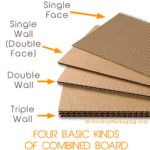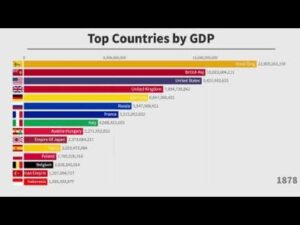
Material costs cover all the inventory stock items that go into a finished product. This includes raw materials, parts, and components – and also consumables like screws and adhesives. In addition, there are also indirect costs that must be managed within a manufacturing business, such as insurance premiums and daily office expenses.
By doing this, you can work out the tax deductible expenses for photographers labor and material costs to produce a single unit of your product. On your typical manufacturing balance sheet, you should have raw materials, work in process, and finished goods as part of your inventory calculation. You will also want a periodic or perpetual inventory system to track how many products you have in your production line at any one time.
If the software is too complex or too time-consuming to implement, you can end up without seeing any return on the investment. When tracking manufacturing expenditure, it’s important to understand both direct and indirect costs. Finished goods inventory refers to the units that have made it through the production process and are ready for sale. You must use cost-flow assumptions and inventory valuation methods to calculate the balance. Direct materials refer to the raw materials that manufacturers transform into finished products.
WIP inventory
Also, the schedule of cost of goods sold is simply included in the income statement. Many companies prefer this approach because it means they do not have to prepare a separate schedule. C This is actual manufacturing overhead for the period and includes indirect materials, indirect labor, factory rent, factory utilities, and other factory-related expenses for the month.
Activity-based costing (ABC)
This inventory fraud was a relatively small part of the fraud allegedly committed by Rite Aid executives. The former chief executive, Martin Grass, was sentenced to eight years in prison and the former chief financial officer, Franklyn Bergonzi, was sentenced to 28 months in prison. In 2002, the Securities and Exchange Commission (SEC) filed accounting fraud charges against several former executives of Rite Aid. The SEC complaint alleged that Rite Aid had significantly overstated income for several years. Contract manufacturing is the outsourcing of certain manufacturing jobs to another (third-party) company.

Manufacturers use this to decide whether to manufacture a product or sub-assembly, or to procure it. Direct labor includes the cost of workers who transform raw materials into finished goods. The wages of the worker who assembles the tables are direct labor, but not the salary of the janitor who keeps your factory clean. These are the inventory tracking methods they accept for manufacturing businesses. Now that we have gained a deeper understanding of the theoretical foundations of the manufacturing accounting process flow, let’s explore how it functions in real-world scenarios. Effective cost management lies at the core of the manufacturing sector’s financial stability and long-term profitability.
- Selecting the right tools for managing manufacturing accounting, such as manufacturing ERP systems, is crucial for ensuring the gears of your business run smoothly.
- This is a costing method that differs from job costing in that it incorporates more indirect costs, such as resource consumption.
- ABC systems involve sorting your business’s indirect costs into groups, calculating a per-unit rate based on their primary cost drivers, then using that rate to allocate costs to products or activities.
- Activity-based costing or ABC costing can provide a unique picture when utilized to reveal products that generate profits vis a vis those that don’t.
- It’s wise for a manufacturing accountant to follow shifting customer trends as a change in demand could drastically alter the cost landscape for the business.
This accuracy in determining the cost of producing a product is vital for strategic decision-making and maintaining healthy inventory management practices, aligning with generally accepted accounting principles. An ERP system that integrates seamlessly with your manufacturing accounting process can automate many tasks, providing a comprehensive overview of your financials, inventory levels, and the total cost of producing products. This is vital for producing accurate financial statements and making informed decisions.
Costing Methods for Manufacturing Businesses
Though they’re current ratio not ready for sale, these goods are still an asset on your balance sheet. In manufacturing, fixed costs remain consistent no matter how many units you produce. For example, that might include rent for your factory or interest payments on a business loan. Manufacturers of highly differentiated products need to track costs for each unit so they can set prices appropriately and monitor the profitability of their products. The last-in-first-out (LIFO) inventory valuation method is the opposite of the FIFO approach. Advanced job costing functionalities empower you to identify areas for cost reduction, enhance productivity, and boost profitability.
See advice specific to your business
Ideally, data should move freely between production lines and the back office, meaning you have accurate real-time data. We recommend using software that is well integrated with the overall production and inventory management solution of choice. This ensures seamless data movement between the shopfloor, inventory, and the back office, and further simplifies managing your business. If you are yet to implement a manufacturing ERP system, consider picking one with built-in financial reporting capabilities. For example, MRPeasy includes one-click product cost estimating, intelligent reporting, and built-in integrations with major financial software providers like Xero and QuickBooks Online. ABC is a very lifo reserve and lifo effect accurate costing methodology that helps to factor indirect costs into unit pricing.